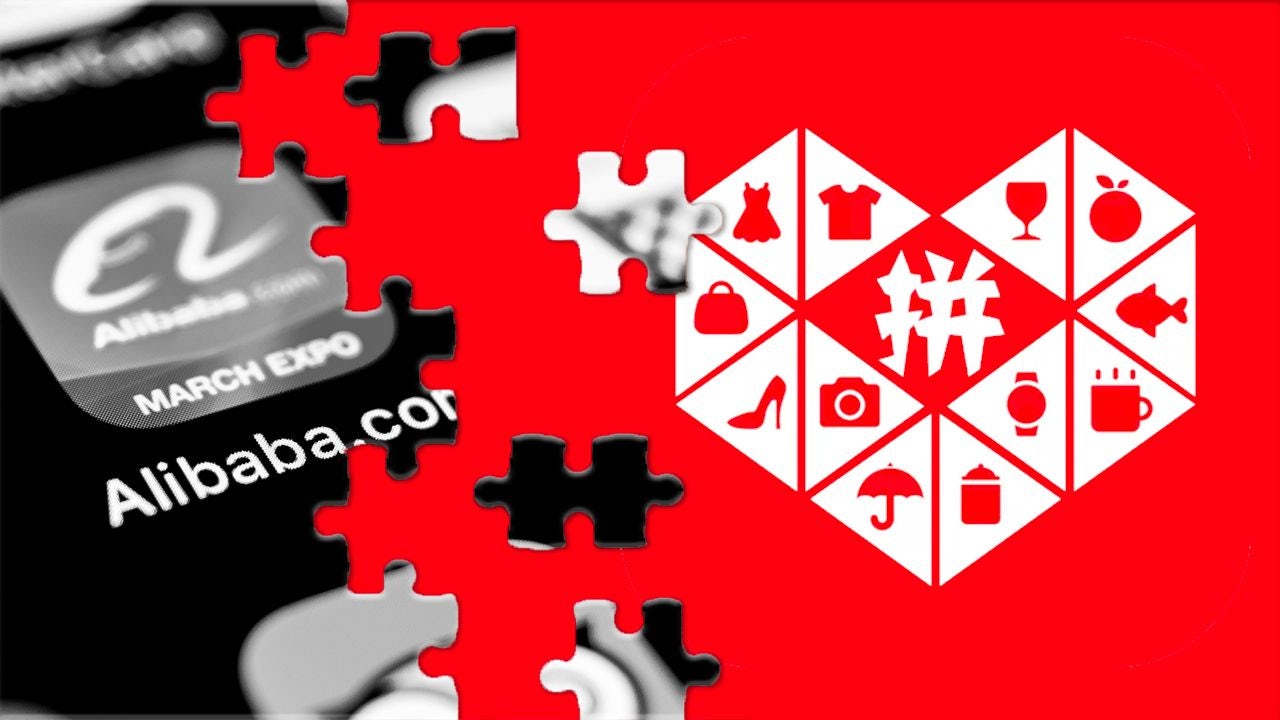Key Takeaways#
:
- A second price increase at Chanel this year might be further real incentive for the luxury brand to go digital.
- Without e-commerce channels in China, Chanel relies on footfall. With everything up for grabs at the moment, this is a period of trial and error in China, not least for Chanel.
- Additionally, with limited stores in China, consumers will look to daigou to make purchases on their behalf. In this case, Chanel loses control of their pricing.
Chanel, the French luxury house, synonymous with the double Cs logo, loves to maintain a well-controlled image of exclusivity. This includes shying away from e-commerce. And, so far it’s suited the atelier very well.
Prior to the pandemic, and despite the loss of its longtime and truly iconic creative director, Karl Lagerfeld, Chanel was well placed. Virginie Viard (Lagerfeld’s former right hand) was appointed the new creative lead and had smoothly and successfully taken over the reins.
In 2019, Chanel reported that revenue rose to 12.3 billion with an operating profit up by nearly 17 percent to 3.49 billion. This was an increase from 2018’s 11.28 billion. Ready-to-wear sales were up 28 percent — all of this without any online sales.
But following the disruptions of COVID-19, the pressure to digitize has never been greater for all luxury brands. Which begs the question, how much longer can Chanel ignore e-commerce, especially in the China market?
As a privately retained entity (owned by Alain and Gérard Wertheimer), which has only recently started to file publicly, Chanel has no shareholders. As such, it can spend freely. Much of this spend has wisely been funneled into vertical integration: since the late 1980s, Chanel has been securing its supply chain by actively purchasing niche fashion suppliers and manufacturers.
Indeed, the COVID-19 has heightened the need not only for digitization, but also for control of supply networks. This is one area where Chanel excels, and its acquisitions continued throughout 2020: it recently snapped up both Italian tannery Conceria Gaiera and shoe production company, Ballin.
This year, it also paid ¢400 million for a store in London’s prestigious Bond Street district (the figure was ¢90 million over the asking price as Chanel sought to outbid stiff competition from global investors). With all its shops closed, the company borrowed ¢773 million from the Bank of England’s emergency coronavirus lending scheme during the outbreak — this has since been paid back to the treasury.
But while Chanel has more control over suppliers than other luxury competitors, its lack of e-commerce capabilities means it missed out on valuable opportunities to sell to and connect with new and returning shoppers. All of the learnings during the initial outbreak, and its subsequent continuation, has fetishized digitization (remember the headlines? Digitize or Die).
However, COVID-19 aside, e-commerce and omnichannel will only grow in importance for brands of the future. According to 99firms, a global resource for online marketing, around 95 percent of all purchases are expected to be via e-commerce by 2040. Frankly, this leaves an offline house like Chanel floundering. Jing Daily looks at the logic behind Channel’s resolutely offline strategy and analyzes if it’s worth pursuing in a digital-first market like China.
Let’s stay physical#
There is, of course, a logic to staying physical. The pandemic has illustrated the shortfalls of pivoting to digital; from fashion weeks, and online events to digital showrooms and seminars, the industry is tired of the limitations. According to Chen Liang, director of strategic communications firm, CDGL, Chanel wants you to go in-store. “This is part of the luxury buying experience. It demands an effort, and you need to touch all the creations.”
This physicality has continued in its blockbuster runway shows. According to Liang, “Shows are for the fashion industry to get together and enjoy, but the only thing the customers want is the clothes.” In this case, having fashion shows online is pointless, and in fact, the effort they require is often unrealistic (Gucci’s show was a whopping nine hours). In Liang's words, quite simply, “digitization is not sexy.”
Karl’s exit paves way for more product regularity but a risk of more fakes#
The loss of polymath Karl Lagerfeld was deeply upsetting for the brand (and the industry at large). Plus, it was his prolific output that produced six collections each year for Chanel. While this level of output was challenging, there was a benefit to this over-productive strategy. “It helped them to avoid counterfeits — probably a by-product to be fair,” Liang said. Indeed, Chanel was so prolific it managed to navigate collections speedily so counterfeiting factories could not keep up. “Their speed meant they only had a small chance of being copied.”
However, as Liang noted, that output was a double-edged sword, and she was doubtful they can maintain it. “For the past three seasons we have seen some repetitive clothing and designs — maybe only very minor changes but we do see several very similar styles. From my experience, I know that even insiders cannot see the difference. This will lose them some attractiveness with the consumers.”
An icon at the heart of a unique and storied history#
At a time when KOLs and brand ambassadors are integral to any China strategy, Chanel has its own, aspirational icon: Coco herself. Just like virtual avatars, Chanel’s deceased founder is essentially controllable and therefore without risk. The company promotes their history online in a series of historical videos, as well as, through the latest fashion blockbuster retrospective, “Gabrielle Chanel. Fashion Manifesto,” which opened last month at The Palais Galleria in Paris.
Liang clarified that as confident and independent women, Chinese consumers appreciate the fierce modernity exemplified by Coco Chanel. She explained: “She is idolized and it makes sense that they build her up as a KOL. She’s no longer alive so she can’t make mistakes. In the #Metoo era, Coco is a complicated but relatable woman and this is a smart approach.”
A limited store footprint trims its consumer base#
With everything up for grabs at the moment, this is a period of trial and error on the mainland, not least for Chanel. Minus e-commerce channels, Chanel relies on footfall. The many Chinese luxury consumers who live in Tier 2 and Tier 3 cities need to travel to find a store, making their purchasing journey unnecessarily complicated. “As they want traffic and a premium image Chanel stays in first tiers but the lower tiers can’t be ignored. They are very large and their inhabitants can’t travel easily now, so how can they buy if there are no online approaches?” Liang quizzed.
At present, Chanel has only launched on Tmall with perfume and beauty products. While data shows online revenues in April and May 2020 had increased 100 percent — the farthest Chanel’s brick and mortar footprint beyond Beijing, Shanghai and Hangzhou is Chengdu and Dalian — even Shenzhen has escaped them so far. Thus, the only option people without access to stores have is to buy through a daigou - which means a loss of pricing.
Chanel and its pricing battles#
In May, Chanel raised its pricing. The brand said this was down to the increased cost of raw materials. November has just brought a further price increase which was cited on exchange rate fluctuations (China, Hong Kong and Japan are predicted to be affected). Many brands could follow suit but for now, this could be seen simply a strategy to move up the luxury price ladder. It certainly hasn't hindered the brand’s exclusivity. Massive lines formed in stocks as fans rushed to buy stock pre-price hike and it did little to damped consumers desire for the brand.
Surprisingly, few netizens on Weibo complain about not being able to buy Chanel online through their official website. When consumers do buy bags from WeChat businesses though, many often turn out to be fake. In 2018, Chanel filed a suit against resale site, The RealReal, claiming it could not authenticate Chanel goods. In turn, The RealReal saw this as a way for Chanel to limit product supply into the market and create a monopoly.
Like other top list luxury brands, Chanel handbags are investment pieces and retain their value over time. It is hardly surprising then that the company would stagger its products to cultivate brand interest and exclusivity in the market, similarly to competitor Hermès.
So, when brands can’t be bought new or second hand, daigou sellers will often step in — and demand a commission for their effort. “When this happens, Chanel no longer owns the pricing. Daigou’s will want a commission which naturally inflates the price. Moreover, without online buying, Chanel lacks the consumer data too so they are missing out all these two fronts —big challenges in this climate,” Liang stated.
Silence is golden but won’t always be enough#
Chanel is a bit of a laggard in social media terms, and generally adopts a top-down system of communication that doesn’t overly-engage with consumers. This might be fine in some markets but not in China’s savvy digital landscape.
“Even though you don't want to get involved, you are nonetheless in the game,” Liang stated, referring to actress Xin Zhi Lei's perfume post. Though paraphrased from Coco herself, Lei’s comment [equating the lack of an appropriate perfume to having no future] was lost in translation. These things are really complicated online,” Liang said.
Another unfortunate incident out of the brand’s control occurred this summer on the Nothing But Thirty TV show. One of the show’s characters, Tong Yao, found herself cut from group photos because her limited-edition 2.55 flap bag from 2017 was deemed less worthy than other guests' Birkin or Kelly bags. The implication: Chanel was an inferior brand to Hermès. Chanel’s strategy here was to keep tightlipped, which, it turned out, was the best policy.
“When this happened, everyone was expecting Chanel to respond,” Liang added. “They wisely ignored it. But this scenario is an indicator — even if you don't want to engage with consumers, in this landscape you can't avoid it. Otherwise, you will only get lash back and then you won’t know how to respond.”
According to sales, this TV incident hasn’t affected Chanel too much, attesting to Chanel’s strong and loyal following in China (it has 3.5 million Weibo followers). The demand is there, and with much to gain, what exactly is stopping Chanel’s jump online?

